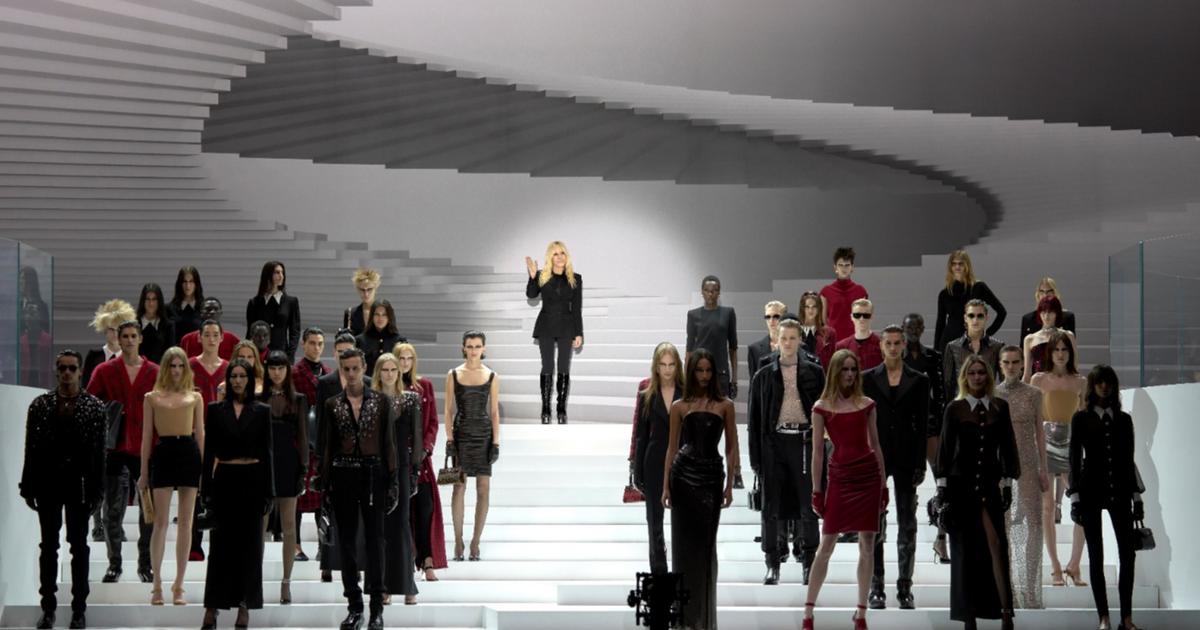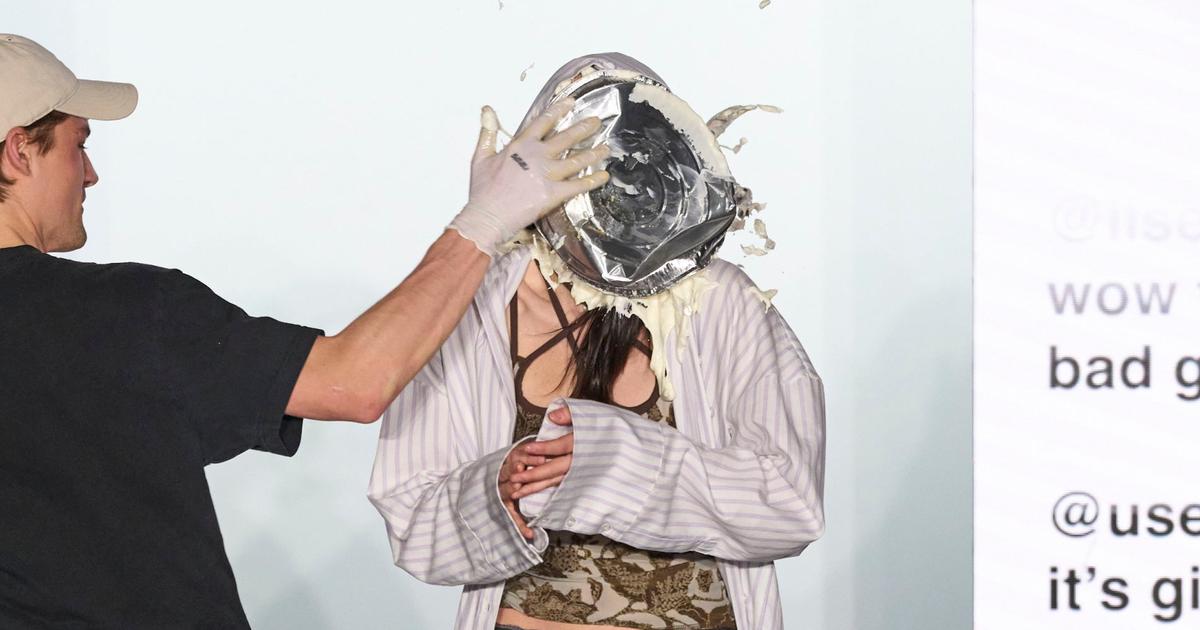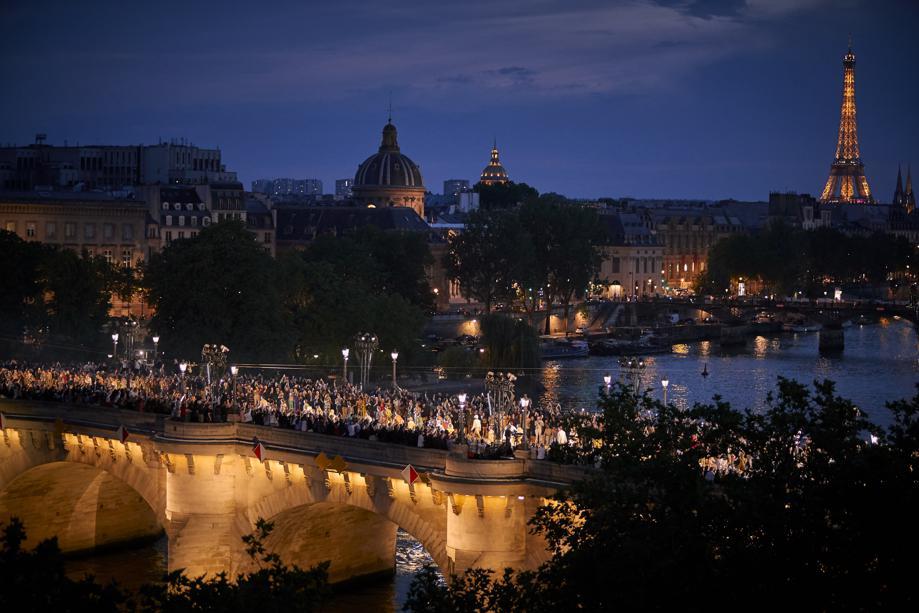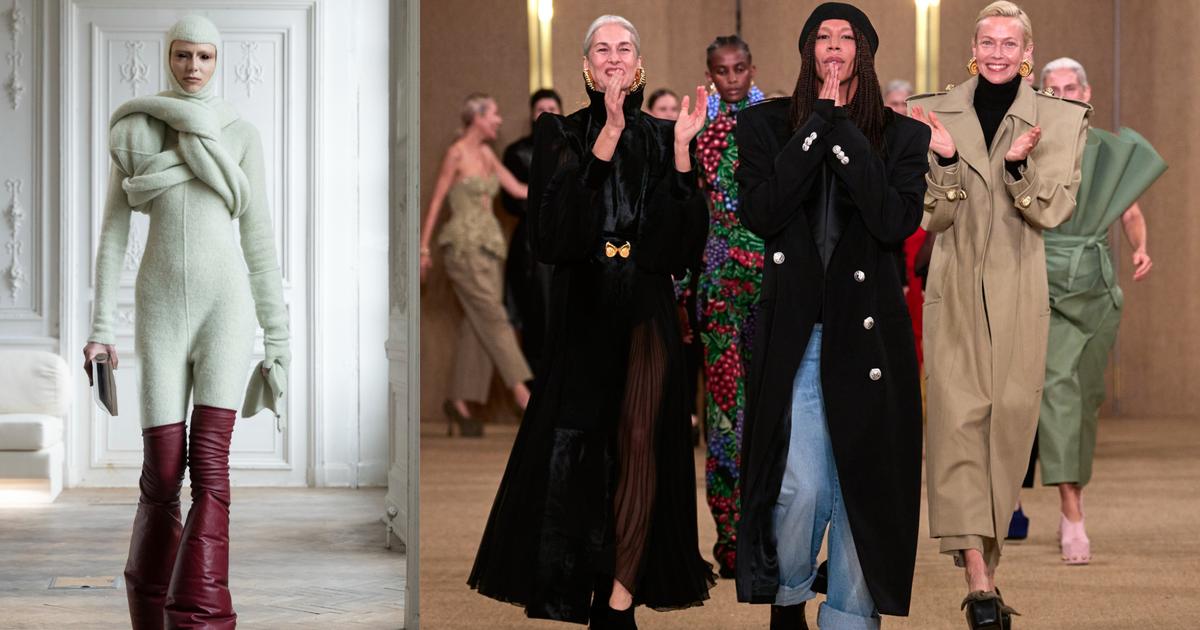Milan Men's Fashion Week, which begins this coming Friday and ends on June 22, points to a gradual return to normalcy. With three face-to-face shows - Dolce & Gabbana, Etro and Giorgio Armani, who will hold a double shift - the initiative takes a step further compared to previous editions. If last summer Dolce & Gabbana and Etro bet on events with public, in winter the rebound in the incidence of the pandemic forced the return to digital. Now those responsible are confident that the recovery will be progressive and definitive.
This is stated in an interview with EL PAÍS by Carlo Capasa, the president of the Camera Nazionale della Moda Italiana, the entity that represents the textile sector of the transalpine country.
"This is a season halfway between digital and physical, but the situation is improving a lot thanks to vaccines and, although we should be cautious, we have the energy to go one step further," he explains.
If the present does not hold any more setbacks, the next Milanese fashion week, the one dedicated to women's collections in September, will be almost entirely in person.
"The vast majority of large firms will present parades with the public," says Capasa.
Dolce & Gabbana menswear show in Rozzano, south of MIlán, in July 2020.ALESSANDRO GAROFALO / REUTERS
Until then, the three parades that will take place these days will be the closest thing to the old normality since February 2020. Also an exception: the rest of participating firms, up to 65, will be divided between digital presentations - option chosen by Prada, Ermenegildo Zegna, Fendi, Tod's, Sunnei or Diesel, which will present the premiere of its new creative director, Glenn Martens, but also of Spanish brands such as Mans or Tíscar Espadas— and events in store or premises by appointment (among them, the presentation from Gucci's anniversary collection), which herald the return to Milan of the public of professionals, buyers and journalists who give reason for being to Fashion Week.
"That is the great difference of this edition", explains Capasa. “A year ago we had to postpone the appointment to July because not even the brands could finish the collections on time, with the factories closed. There were no events or presentations. But now we see the end of the tunnel. The brand offices are open, and that generates considerable energy ”.
This energy is essential to boost the activity of the sector, one of the economic engines of Italy, and which is also mainly concentrated in the Lombardy region, which is badly hit by the health crisis. The decrease in sales of clothing, accessories, footwear, jewelry, optics and cosmetics was 23.8% compared to 2019. The recovery came in February and March of this year, at a turning point indicated by the ISTAT (Instituto Nazionale di Statistica) that marks a positive trend and raises forecasts to optimistic figures. Sales in February 2021 were only 9% lower than in the same month of the previous year, when the effects of the pandemic had not yet been noticed. And in March 2021, on the first anniversary of the closure, the activity grew 55% compared to the previous year.
The CNMI forecasts for 2021 contemplate two scenarios.
At best, Italian fashion will bill between 15% and 20% more than last year.
At worst, 6% more.
“The important thing is that people are willing to buy clothes again.
The public looks for comfort, quality, creativity.
The business is returning ”, explains the president of CNMI.
Carlo Capasa, President of the Camera Nazionale della Moda Italiana (CNMI) Stefano Guindani
One of the most urgent challenges for Italian fashion is the reactivation of exports, a key sector for renowned firms that the public associates with the
Made in Italy
label
, but also for smaller companies specialized in knitwear, prints, silk, leather goods or footwear. In this area, the pandemic has been joined by other events, such as Brexit: if the global decrease in Italian exports has been 16%, in the United Kingdom it exceeds 50%. The only exception is exports to China, which have seen remarkable growth in early 2021, 85.3% over the previous year. "It is due to the reactivation of the market, but also to the fact that Chinese customers are buying in China instead of in Montenapoleone", explains Capasa, alluding to the Milanese street where the establishments of luxury houses are grouped and where the recovery of parades have an importance that goes far beyond the symbolic.











/cloudfront-eu-central-1.images.arcpublishing.com/prisa/KMEYMJKESBAZBE4MRBAM4TGHIQ.jpg)



